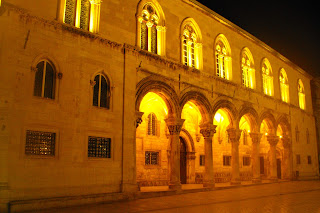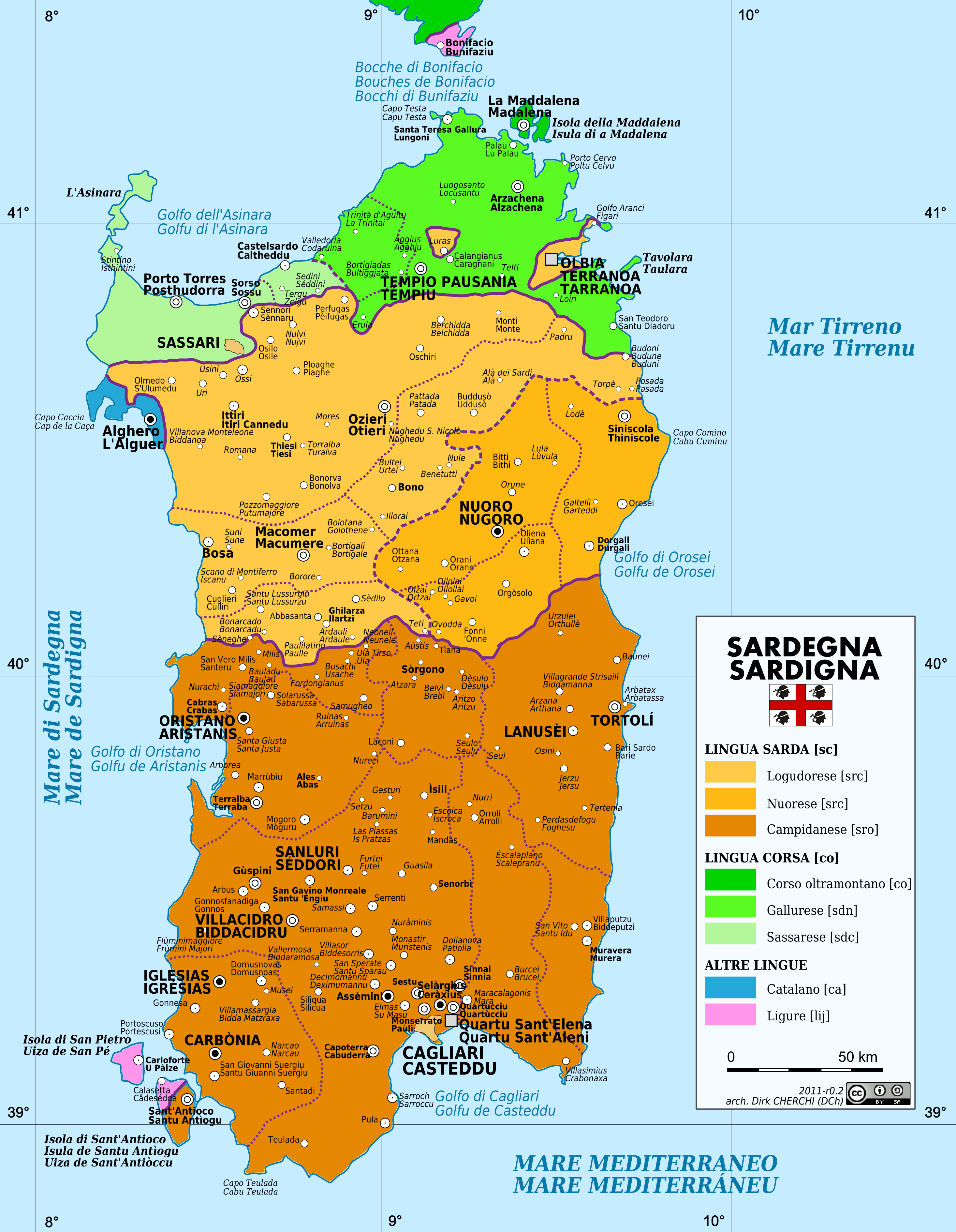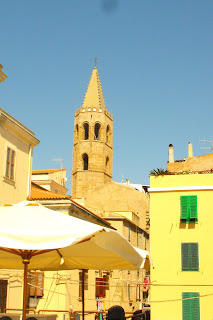
The so-called pearl of the Adriatic is the most visited place in the country, and in the last few years it's difficult to spend more than two weeks dodging the pictures of Dubrovnik everywhere: on Facebook, the National Tourism Office of Croatia... or simply watching telly. If you watch the series Game of Thrones, Dubrovnik is used to film King's Landing since the second season (on the first season, they used Valetta).


Escaping from the Slavic invasions that devastated the mainland, the people of Cavtat (in Italian Ragusa Vecchia, or Old Dubrovnik) strenghthened themselves on a small island a few metres off the coast. This is the way Dubrovnik was founded on the 7th century, as it comes to be usual in the fundation of other cities along the Dalmatian coast.
 In 1324, the Most Serene Republic left Dubrovnik (or Ragusa as it was called back then) to its fate considering the Ottoman advance. To the surprise of the Venetians, Dubrovnik did not fall and they managed to reach an agreement with the invaders, establishing themselves as a prosperous and independent republic that would last till the 19th century -hence the motto of the Republic: Non bene pro toto libertas venditur auro (something like: freedom is not sold even for all the gold in the world).
In 1324, the Most Serene Republic left Dubrovnik (or Ragusa as it was called back then) to its fate considering the Ottoman advance. To the surprise of the Venetians, Dubrovnik did not fall and they managed to reach an agreement with the invaders, establishing themselves as a prosperous and independent republic that would last till the 19th century -hence the motto of the Republic: Non bene pro toto libertas venditur auro (something like: freedom is not sold even for all the gold in the world).
That's when the golden age of Ragusa started: sailors, traders, artists... All that came to an end all of a sudden in 1667, when a terrible earthquake destroyed the Dalmatian Athens, killing over 5000 people (about 40% of the total population) and annihilated the local romanized aritoracy. Shortly after, the city was repopulated with Slavs from the mainland, that would maintain the independence of Ragusa till the Napoleonic Wars.
 |
| The main street during the Serbian siege of 1991-1992 |
What to do?
Dubrovnik is world-known for its city walls, so it's highly recommendable to walk around them. The first time I was there I wasn't aware you needed to pay an entrance fee... till I crossed with a ticket seller, who kindly invited me to leave the walls. The views to the famous roofs (restored in an unlucky bright orange colour after the war) and the island of Lokrum are wonderful.
Other must-do visits include the governor's gothic palace, the numerous churches, fortresses... and basically walking around the city. In any of the newstands you will be able to find the city-cards, which include the visit to different monuments... if you're up for a cultural visit, this should save you a few bucks. Some even include the cable-car ride to the hill and fortress of Srđ, from where you'll have a glorious view of the whole citadel... but if you have a rental car, you can skip this part and look for your own lookout. You can drive out of the city and have an impressive view from basically every other hill.
At night do not forget to have a maraschino, the local rakija made with cherries. Stradun, the main street, is the perfect place -if you do not mind paying heaps of money for a shot-, you will watch the people walking by and if you're lucky enough, the bar will have live piano music.
If you're not willing to pay that much, not even for the views, avoid Stradun. You'll find cheaper and emptier restaurants in the narrow parallel streets... and during the day, it'll be way easier to find a shade there.
 In any case, if what you want is cheap food, try in Gruž, the district around the port. There's more Croats than foreigners there, and prices are way lower. Try some local fast food, like bureks or ćevapčići. Not only the prices will be lower, also the quality of the food will get better.
In any case, if what you want is cheap food, try in Gruž, the district around the port. There's more Croats than foreigners there, and prices are way lower. Try some local fast food, like bureks or ćevapčići. Not only the prices will be lower, also the quality of the food will get better. Another cool place for a beer are the two small terraces hidden on the west walls overlooking the ocean.
If you're backpacking, there's better -and closer to the city centre- hostels than the Youth Hostel. This one is convenient if you don't have much time want to see the old town and you have to take a ferry or a bus early in the morning... since it is located right between Gruž and the citadel. If you don't like crowded places, you should avoid July-September and Easter holidays... in winter you'll just see the locals, but on the other hand many restaurants and shops are closed.
Day trips
 |
| Neum, the only 5 kilometres of coast in Bosnia and Herzegovina |
Herzegovina is really close, and you'll be surprised... if not so much for Neum, BiH's only sea-port, Mostar and the tiny hamlet of Počitelj are worth a couple of days. If gastronomical tourism is your thing, Bosnia and Herzegovina is your country: cheap ćevapi, pljeskavice, kajmak or sarma and many other delicatessen are waiting for you. Let alone the country's multicultural influences and a population willing to warmly welcome foreigners.
Pelješac peninsula is also easily reached by either car or ferry, you could enjoy the local wines while watching the sunsets over the islands of Mljet (an incredible natural park) or Korčula (I'll write an article about this one)... not to mention the walls of Ston, which established the northern border of Ragusa and which apparently are the longest walls after the Great Wall of China.




















































